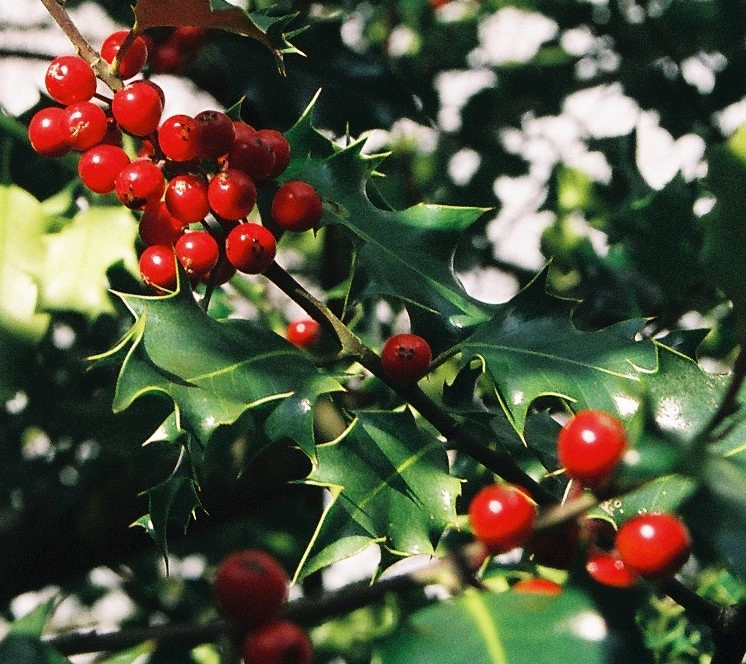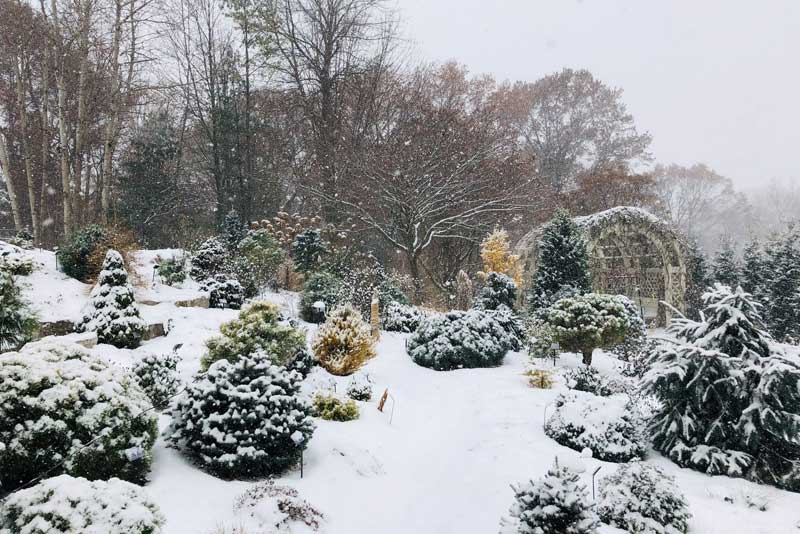During the spring, summer, and fall, we look forward to decorating our landscape with seasonal blooms and greenery. Once winter hits, we may feel like we are stuck in a rut with gardening.
Wisconsin is located in zone 5a for the planting calendar. This means that our average minimum temperature is minus 20 degrees, which is pretty chilly. Luckily there are many plants that you can plant now, and enjoy throughout the white winter.
Splash of Color with Berries
Berries are able to give a splash of color to peak through the white of the snow. The infamous holly berry is perfect for the holiday season. Their bright red color is sure to make your landscape prepped for the holidays.

Besides holly, Red Chule Berries grow beautiful red or golden berries to add variation to your neighborhood. Beautyberry bushes thrive in our gardening zone and they produce beautiful purple, lilac, and mauve berries.
If you like the look of blues, you can try Sapphireberry plant, or the Chinese juniper.

When planting these bushes either in containers or in your landscape, make sure you are watering well into late fall and early winter. Sufficient mulching around the base of the bushes can help regulate water through the colder months. You should plan to mulch 2-3 inches deep around the bare ground, and avoid putting it directly against the base.
Colorful Grasses and Stems
There are many brightly colored stems that survive the winter in Wisconsin. Red Osier Dogwood shrubs turn a brilliant red during the long winter months. They will go perfect with holly! Red Osier Dogwood shrubs also grow a spikey appearance to provide your landscape with some intriguing visual interest.

If you prefer a softer look, you can look into Prairie Bead Grass, which turns a beautiful rust color. If you like a deeper bronze look, try our Foam Flowers.
To protect your dogwood, place a thick layer of mulch near the base of the dogwood shrub. Use raked leaves or grass clippings to hold in warmth near the roots. Then, pile the mulch high to cover the bottom portion of the trunk. Avoid creating a moist environment for fungus and mold by waiting to pile the mulch until shortly before winter.
Both grasses do not require a lot of tending. Just cut back old grass in the spring and you are set!
Evergreens
Evergreens are mostly recognized as a winter tree, so take the chance and put one in your landscape!
Evergreens offer a beautiful green color to your landscape so you are able to enjoy greenery even in the winter.

Typically, one may think of larger evergreen trees, similar to what you would choose for a holiday tree, but there are actually a variety of sizes to choose from! Check out our Arendt Conifer Garden to get some inspiration for dwarf conifers and smaller evergreens!
Also, don’t forget to visit us through the late fall and winter to see even more spectacular winter-hardy plants.




